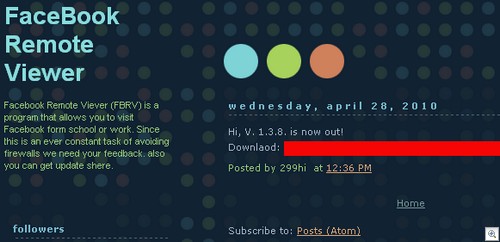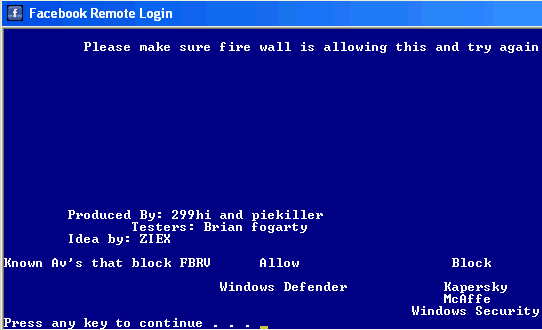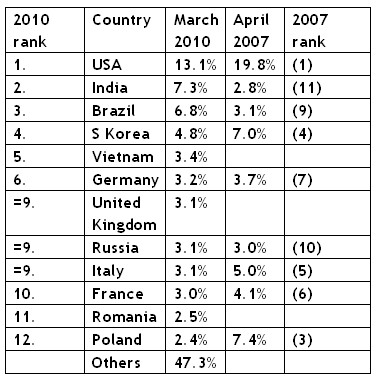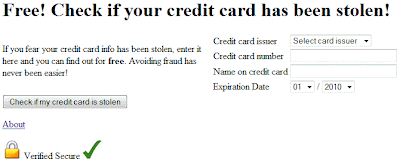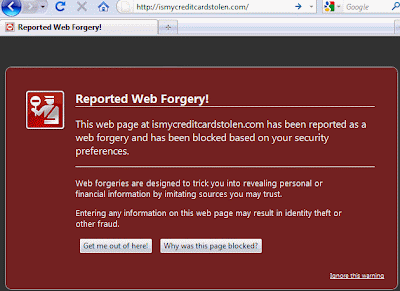French researchers have found that large amounts of content on BitTorrent is supplied by a relatively small number of people according to a paper presented at the Usenix Workshop on Large-Scale Exploits and Emerging Threats in San Francisco.
The researchers from French National Institute for Research in Computer Science and Control found a way to monitor the actions of BitTorrent users for more than three months, collecting IP addresses used by nearly 150 million people and identifying two billion copies of the things they downloaded, many of them copyrighted.
The vulnerabilities they found in BitTorrent enabled them to find the IP addresses even when users went through the Tor anonymity service. Tor has urged users not to use BitTorrent in the past.
The paper “Spying the World from your Laptop — Identifying and Profiling Content Providers and Big Downloaders in BitTorrent” was written by Stevens Le Blond, Arnaud Legout, Fabrice Lefessant, Walid Dabbous and Mohamed Ali Kaafar from the Institut National de Recherche en Informatique et en Automatique.
The institute operates from eight locations throughout France under the authority of the French Research Ministry.
News story: “Researchers spy on BitTorrent users in real-time”
This has implications for BitTorrent users on two fronts: security and liability for illegal downloading. If I was a betting person, I’d wager that the two will converge in some very interesting and malicious way shortly.
Tom Kelchner


